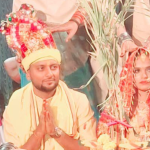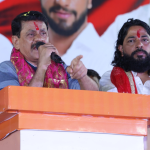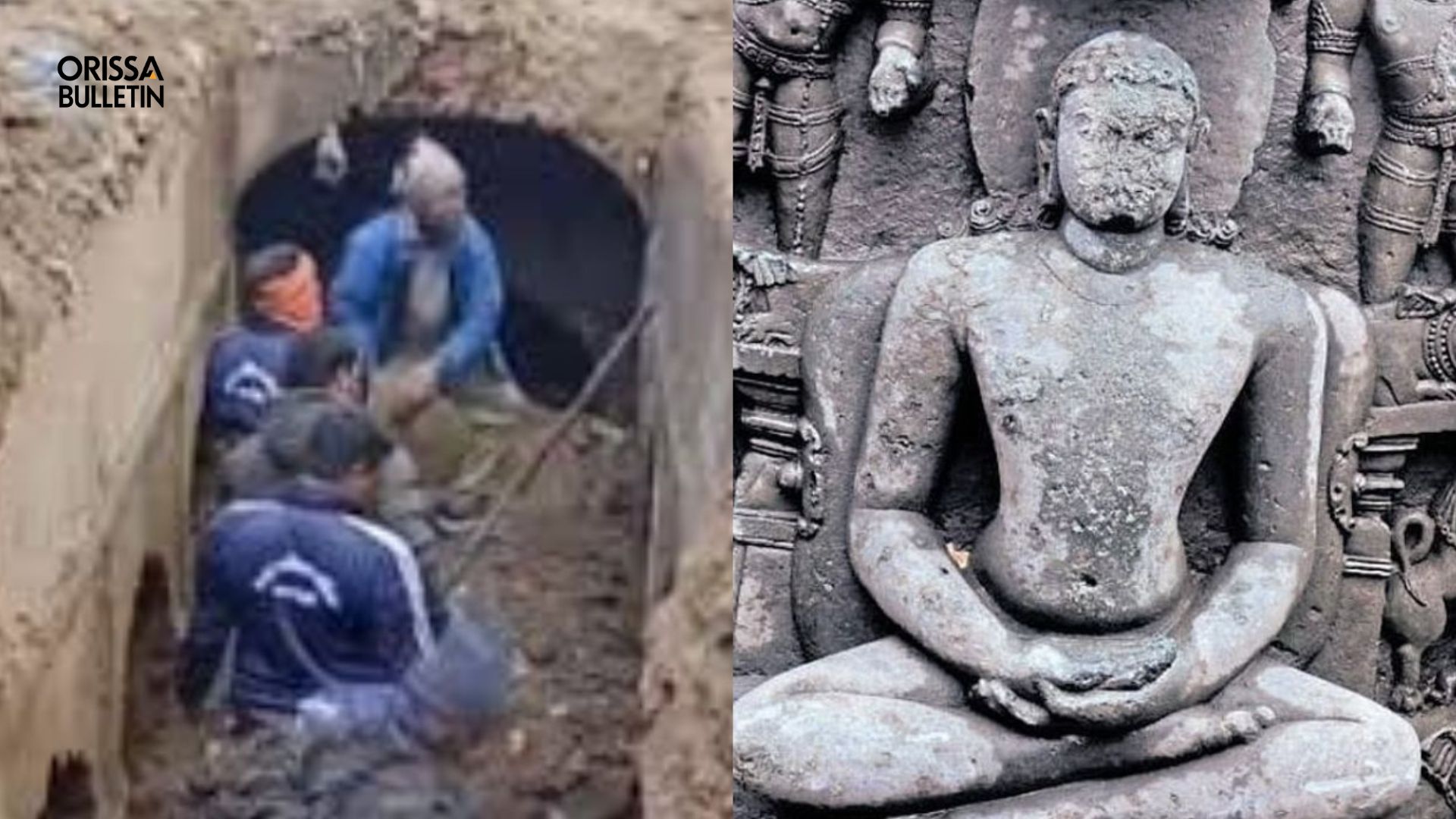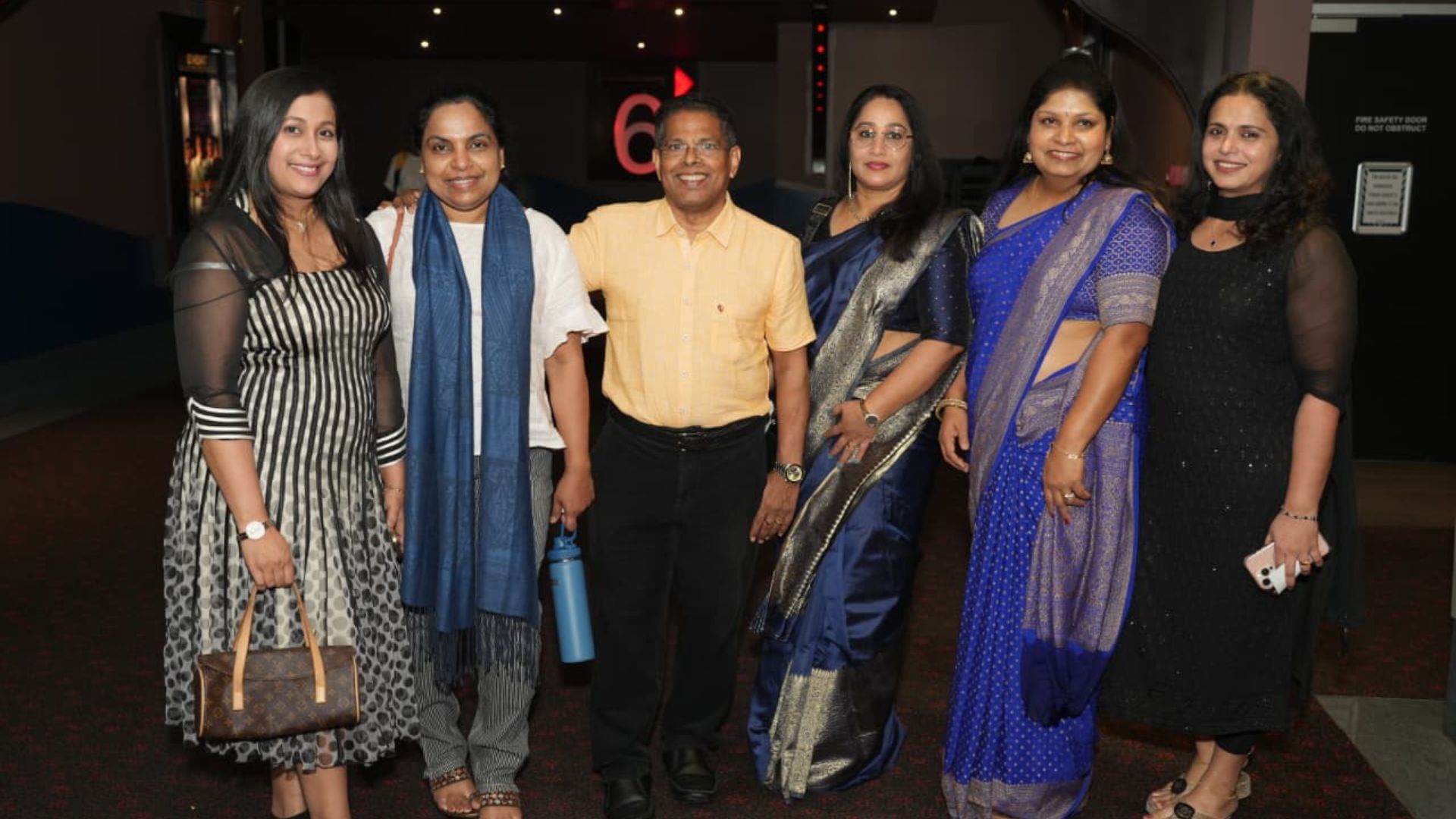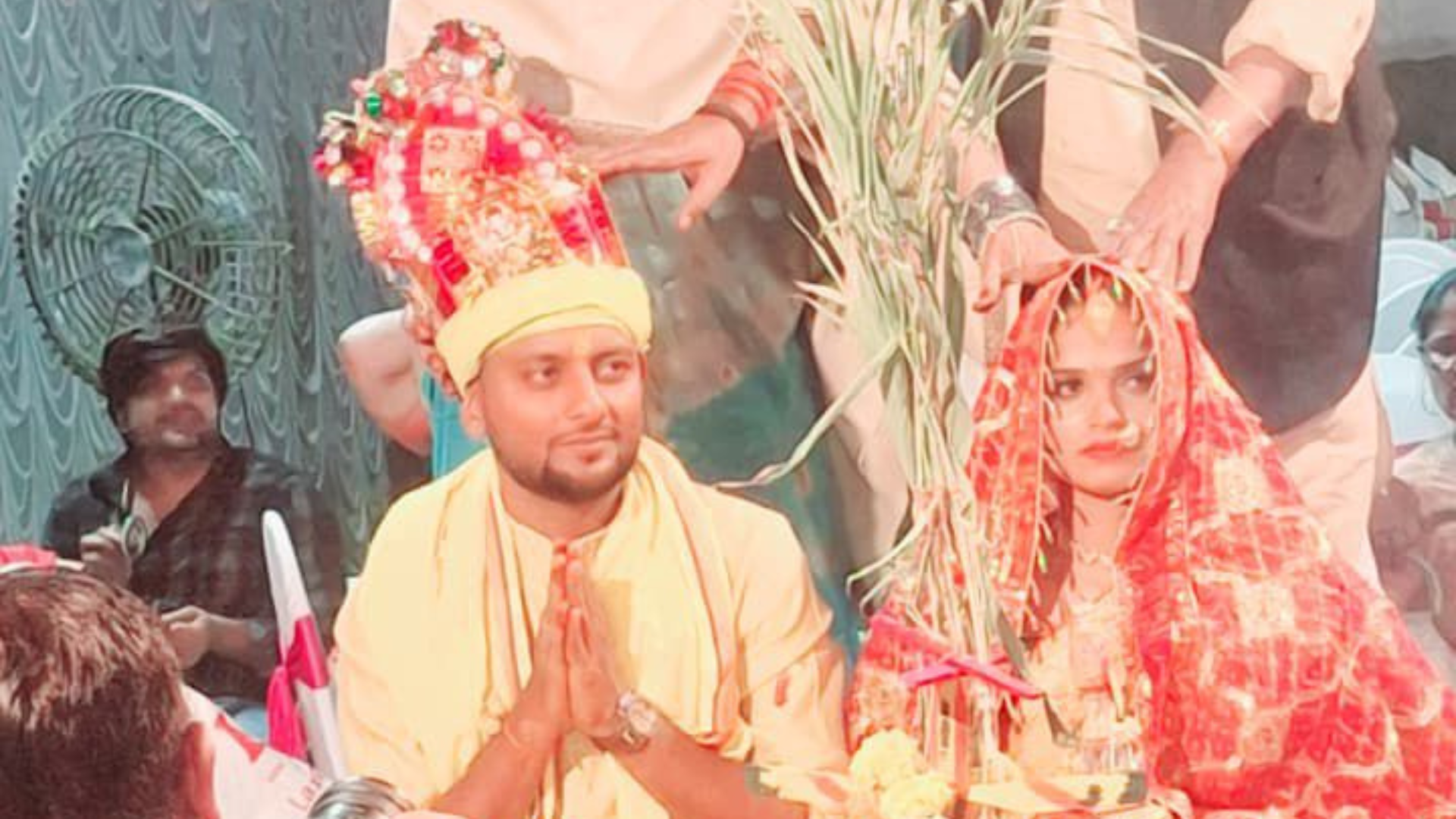In one of the most interesting archaeological findings, 18 ancient sculptures of Shaiva and Buddhist deities were found on the banks of the Baitarani River in Bhadrak district of Odisha. All these sculptures were found to be originated in the 6th or 7th century AD and have created a lot of interest among the historians and researchers. The discovery was made near the village of Maninathpur, which is located in the Bhandaripokhari block, during this week.
Some of the discoveries include the beautiful mini temples and what are called “argha stupas” which increases the cultural diversity of the area. The sculptures depict a number of gods and goddesses such as the main Shaiva divinities such as Shiva, Parvati and Ganesh as well as the Buddhist gods such as Buddha, Tara and Padmapani. This mixture of the Shaiva and Buddhist pantheon helps to understand the complex interrelation of these two faiths in the region.
The artefacts were discovered by Bibekananda, a local youth, during his morning walk. When he saw a statue, he quickly informed the members of the Indian National Trust for Art and Cultural Heritage (INTACH) and young researcher Biswambhar Raut. After visiting the site, Raut was able to establish the fact that there were 18 ancient sculptures spread all over the place. This discovery has painted a good picture of the artistic and cultural development of Odisha during the medieval period.
After the discovery, the sculptures were seized and taken to the Buddhist Vihara Museum so as to be well conserved and exhibited. This way the local community and INTACH ensured that these historical artefacts are preserved and can be studied further. The present location of the sculptures is with Tanuja Sirka Singh, the District Culture Officer of Bhadrak, who has put them in a safe place for further study.
This discovery is not only significant from the archaeological point of view but also shows the importance of locals in protection of the heritage. Bibekananda played a very crucial role of informing the proper authorities hence saving the ancient artifacts. Some of the experts have opined that these sculptures would be of immense help in understanding the synthesis of the Shaiva and Buddhist cultures in Odisha during the 6th and 7th centuries AD.
It is for this reason that scholars and researchers are particularly looking forward to the insights that these artefacts can offer on the religious and cultural developments of the period. Buddhism and Shaivism both have been practised in Odisha for a long time and it is certain that these sculptures will contribute to the knowledge of this period. These ancient sculptures will henceforth enhance the understanding of the region’s cultural diversity as research goes on.




